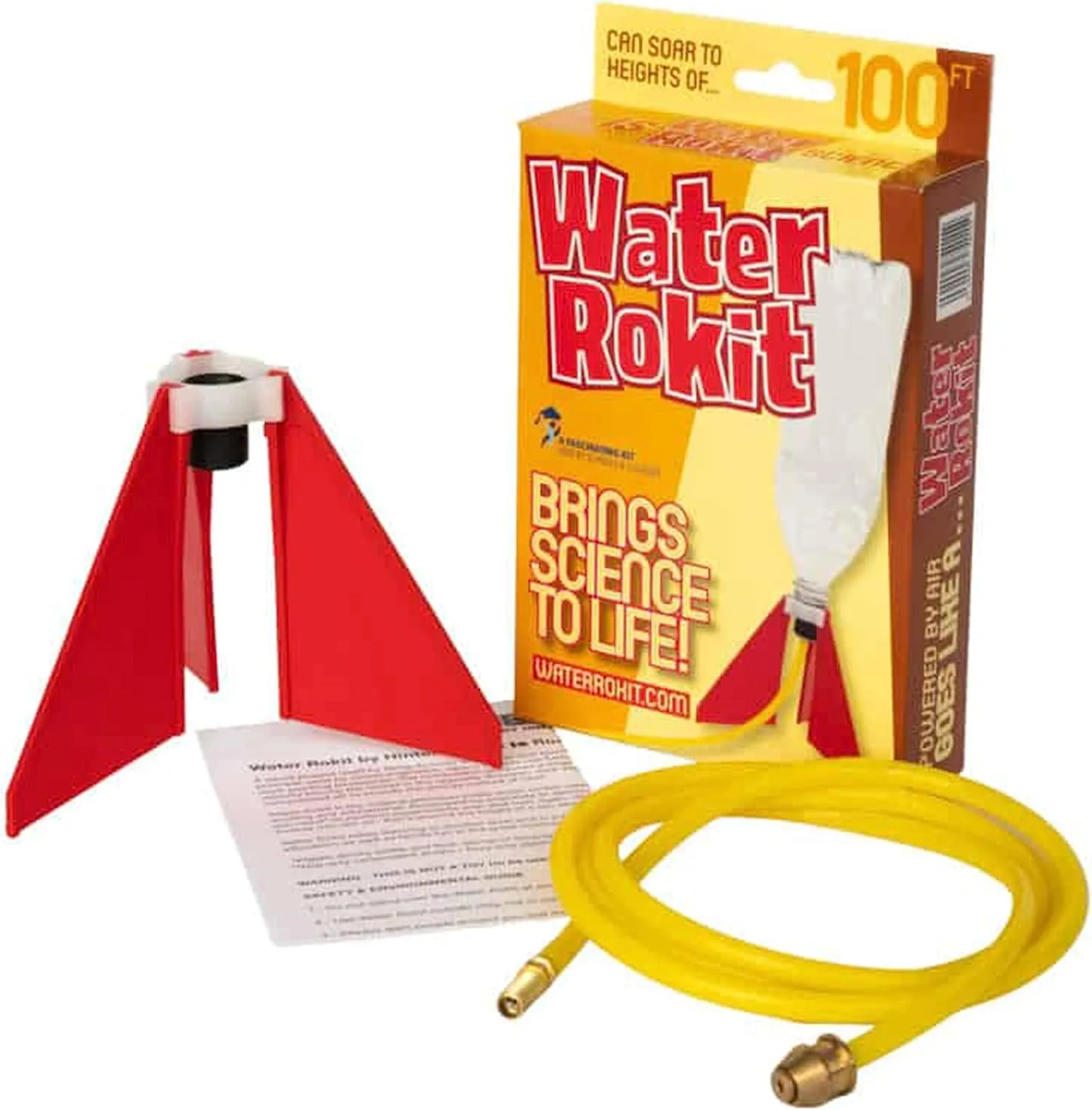Valtteri BotSat
Julian has been part of a CanSat team at his school. They’ve been 3D printing the casing, putting together the payload and writing the data capture and processing code.
It looked like so much fun that there was no way I was missing out.
So - I convinced Julian to help me launch our own version, and he could at the same time use it to test the payload and coding for the CatSat project.
I was quite tempted to build a variant of a “spud gun” to launch it, but also wanted to make sure it was safe, and that it would’t blow up the payload (and us at the same time). Following some good discussions with ChatGPT about building an compressed air mortar, I decided to do a quick search for bottle rockets.
And then I found this:

It seemed perfect for our purposes, so I ordered a kit. And our BotSat did not disappoint!
We’ve called the project Valtteri BotSat, because of course we did. At launch, it accelerated at about 55G, going from 0 to 130 km/h in 0.7 seconds.
It’s fair to say that Valtteri Bottas himself would’ve been proud — or at least slightly concerned that a plastic bottle filled with water and air pressure was giving his launch stats a run for their money. At this point, the only thing separating us from Formula 1 is… well, the car, the career, and about 700 engineers. But other than that, we’re basically there.
We even had telemetry. The payload survived the flight (miraculously), and recorded data up until the moment it smashed to pieces. It even came back to life after the worst of the bouncing and smashing had receeded.
Julian now claims he’s the team principal, and I’ve apparently been demoted to chief bottle-filler. Honestly, fair.
Three, two, one, zero… And we have liftoff of
VAL1
In the following posts we will share details of how we went about it all, in case you fancy a go yourself, or want to pinch ideas for other cool projects. We will run through the bottle rocket itself, the electronics of the payload, the microcontroller and ground station coding (both Arduino and Python) as well as a lot of data analysis to figure out the flight parameters.
We aim to share as much as possible to make it as easy as possible for anyone to get started. We’ll provide tips, techniques, code examples and ready-to-run code, as well as 3D designs and what components we used. We would love to hear what you do with it, so please let us know about your projects so we can link to you!
We will link to everything from this website, so this page can be your launchpad (pun intended) to find all the good stuff.
So, stay tuned for updates as they come during the next few weeks…
In progress:
Coming soon:
- The hardware
- The software
- The launch of Valtteri 1
- The data
- The analysis
Raw Analysis
- 010-video-export.html
- 020-video-analysis.html
- 030-flight-data.html
- 040-mission-milestones.html
- 050-flight-dynamics.html
- 060-launch-analysis.html
- 070-flight-profile.html
- 080-baro-analysis.html
Resources
- Water Rokit KIT: https://waterrokit.com/
- GitHub Organisation: https://github.com/ValtteriBotsat/